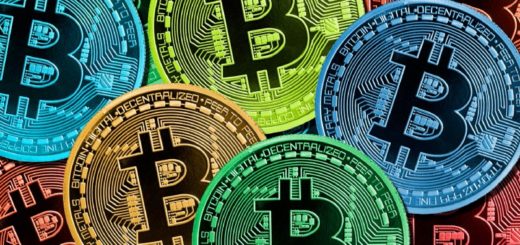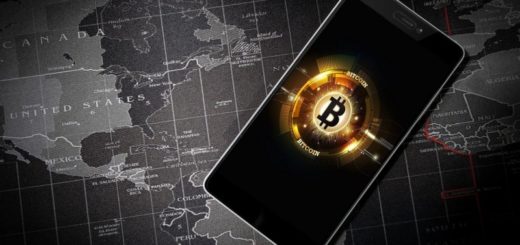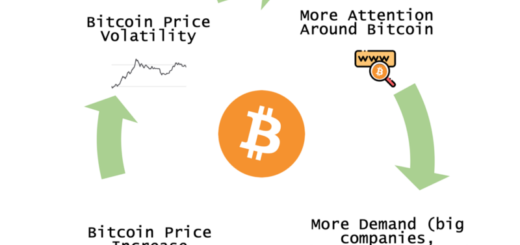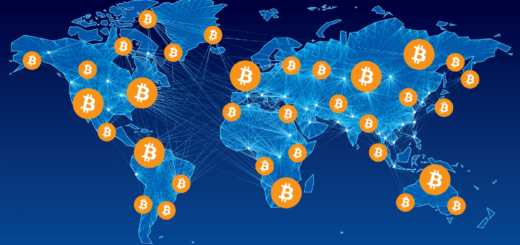The Blockchain For Dummies
The Bitcoin madness has taken hold of the planet for many months and not a day goes by without the media telling us about Bitcoin, its price, and the risks of bursting the speculative bubble that has been created around this emblematic cryptocurrency of the Blockchain.
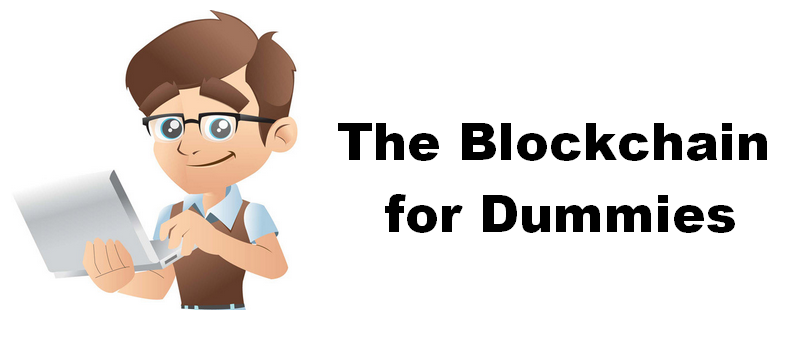
In this article, I will not attempt to answer the question of whether Bitcoin is really a speculative bubble and whether it is likely to burst in the long run like any speculative bubble, but rather I will focus on the technology underlying Bitcoin and the other cryptocurrencies that are in the news: the Blockchain.
You will thus discover what the Blockchain is but also how it works and you will understand why it constitutes a real revolution and can be extended to areas much wider than just finance.
What is the Blockchain?
To put it simply, nothing beats getting back to basics. Thus, the Blockchain is a technology for storing and transmitting information without any control body. From a technical point of view, the Blockchain is a distributed database in which the information transmitted by users is verified and grouped at regular time intervals into blocks.
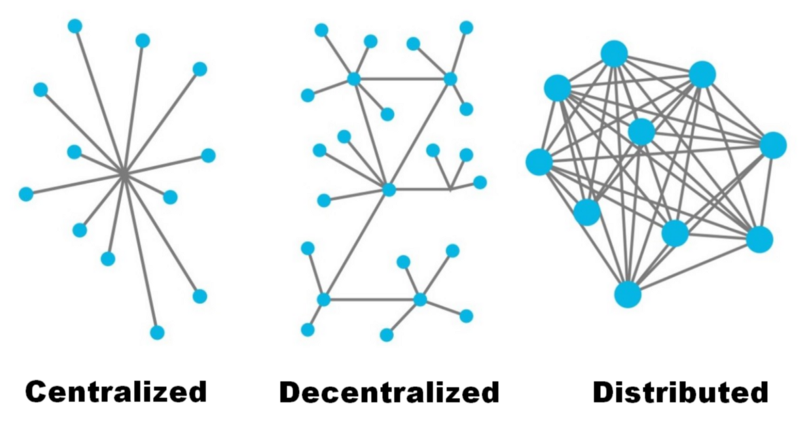
These blocks are linked and secured through the use of cryptography forming a chain of blocks: the famous Blockchain. The latter can, therefore, be seen as a distributed and secure record of all transactions made since the start of the distributed system.
For many, the Blockchain is the greatest revolution since the arrival of the Internet. It must be said that this technology makes it possible to do what the Internet has never been able to do. While the Internet has allowed information to be exchanged in a decentralized way, we have not been able to do without platforms that act as trusted third parties when we wanted to send money over the Internet, for example.
Blockchain solves this problem by eliminating the need for an intermediary. Let’s take the example of payment between two individuals via the Internet in the context of a sale. Currently, one solution could be to use a platform such as PayPal, which will act as a trusted third party to certify to the seller that the buyer has paid the amount. By the way, the platform will take a commission for its role as a trusted third party. With the Blockchain, it is the network computers that will check if both people are reliable in order to validate their transactions. The Blockchain will certify the entire process based on the contribution of the network computers.
How Does the Blockchain Work?
As you have understood, the Blockchain will use the contributions of the network members to verify and validate transactions. But how does this contribution work in practice?
As mentioned above, the Blockchain is a decentralized database technology. Thus, to certify a transaction, there is no longer any need for a central server. From now on, everything is done in peer-to-peer mode, i.e. from user to user. It is therefore important to understand that the information is no longer stored on servers belonging only to the same company such as PayPal or Google. All computers participating in the network will store transaction information.
Each computer participating in a Blockchain, therefore, has a copy of it. Within this copy, you will be able to find the complete history of all transactions made since its creation. These transactions are stored in linked blocks. We can, therefore, understand why we are talking about a chain of blocks.
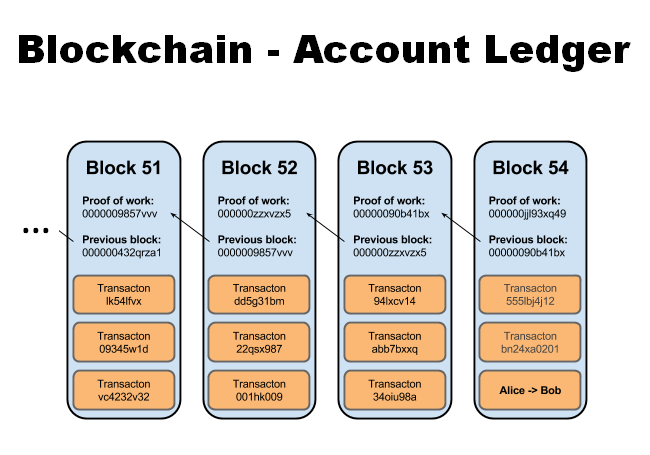
A metaphor often used to explain the Blockchain is that of a large account ledger that would be public. All members participating in the Blockchain can write in it but no one has the right to delete any information contained therein. Removing a block from the Blockchain would be tantamount to corrupting the entire Blockchain. This account ledger, therefore, serves as a history of all transactions that take place in the Blockchain to ensure that the system is not based on a single person who would be in charge of validating all transactions. We are therefore in the presence of a distributed system.
And Then What?
Democratized mainly through the incredible growth of Bitcoin and cryptocurrencies, Blockchain technology would not be a revolution of this magnitude if it could not be extended to all services. And that is precisely the case. The Blockchain can, and will, be used to certify contracts, diplomas, wills or property titles in the future. Many services and companies around the world are beginning to rely on this technology. Some even talk about using the Blockchain to certify information and fight more effectively against the famous fake news that has been rampant on the Internet for several months.
You will, therefore, have understood that the Blockchain is indeed a revolution that will require a significant amount of training for computer scientists and developers so that they are able to master the technology and take full advantage of it so that all economic players and consumers can appropriate it and benefit from it on a daily basis.
To Go Further
After this introduction to the Blockchain for Dummies, you probably want to go further and discover how to create your own Blockchain. If so, I suggest you discover the following article that will teach you how to create your own Java Blockchain in just 30 minutes :
